Research
The NBER conducts and disseminates independent, cutting-edge, non-partisan research that advances economic knowledge and informs policy makers and the business community.
New NBER Papers
-
Working Paper
Cash transfers are a critical part of social safety nets. However, integrated programs combining cash and parenting...
-
Working Paper
Private equity (PE) has moved rapidly into professional services, yet its impact on accounting, where licensing...
-
Working Paper
This study analyzes the distributional effects of French pension reforms from 1993 to 2014 across different...
-
Working Paper
This chapter studies social security reforms and trends in inequalities among older workers over the last decades in...
-
Working Paper
The Istanbul Convention is an international treaty aimed at protecting women against violence. We employ survey...
Latest Books
Book
Keep Track of New NBER Working Papers with New This Week
The Digest
The Digest is a free monthly publication featuring non-technical summaries of research on topics of broad public interest.
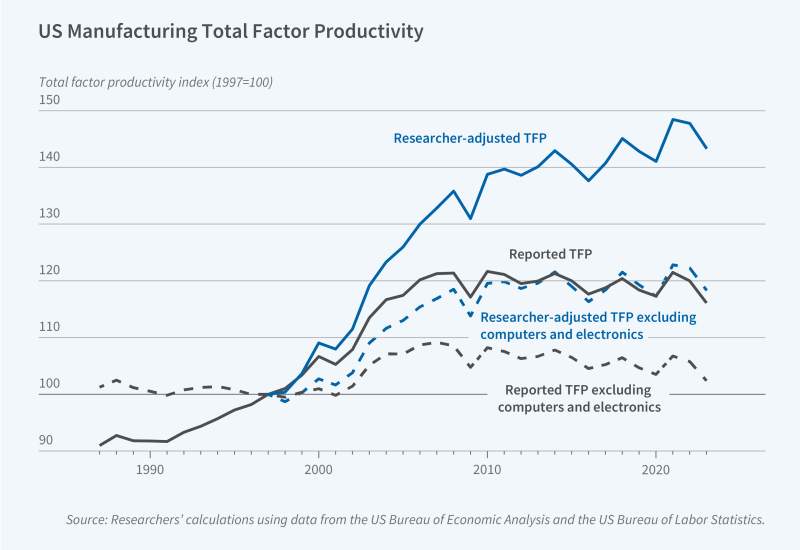
Article
Conventional measures suggest that US manufacturing productivity has stagnated over the past 15 years. In Why Is Manufacturing Productivity Growth So Low? (NBER Working Paper 34264) Enghin Atalay, Ali Hortaçsu, Nicole Kimmel, and Chad Syverson challenge this finding and suggest changes to the calculation methodology. The Bureau of Labor Statistics (BLS) total factor productivity index for manufacturing increased by 1.2 percent per year between 1987 and...
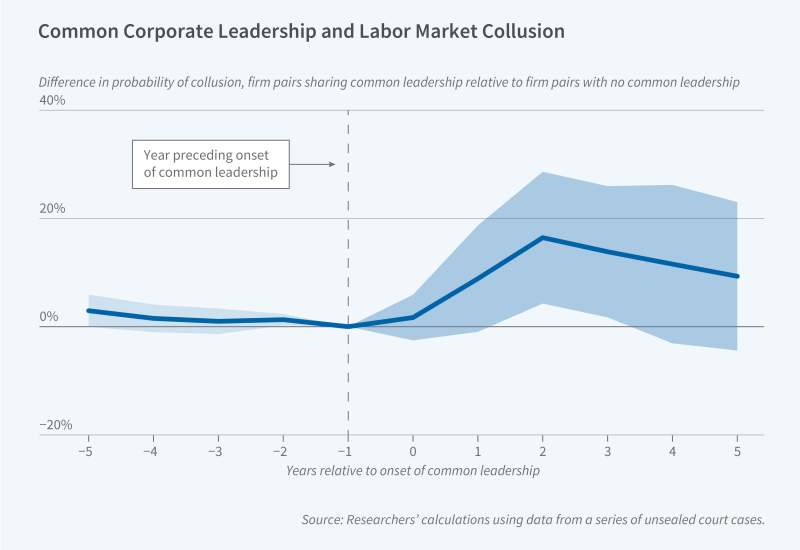
Article
Firms are more likely to agree not to recruit each other's employees if they share the same senior executives or members of their boards. In Collusion Through Common Leadership (NBER Working Paper 33866), Alejandro Herrera-Caicedo, Jessica Jeffers, and Elena Prager analyze information and records that became available in connection with “the largest known case of modern US labor market collusion.” The records came to light as the result of a court case...
The Reporter
The Reporter is a free quarterly publication featuring program updates, affiliates writing about their research, and news about the NBER.
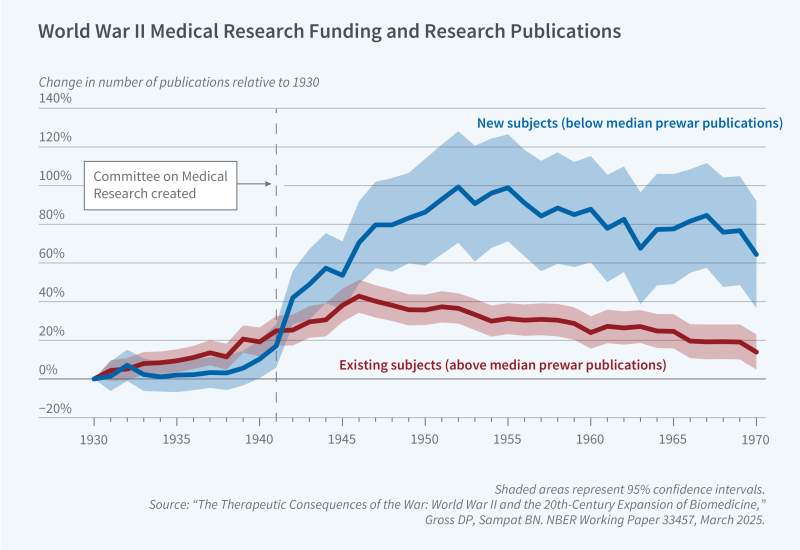
Article
Author(s):
The Development of the American Economy (DAE) program was one of the first research programs launched by Martin Feldstein in 1978 when he formalized the modern structure of the NBER.The mission of the program is to research historical aspects of the American economy. Its members are economic historians whose specific interests span many subfields within economics, including macroeconomics, labor economics, finance, political economy, trade, and industrial organization....
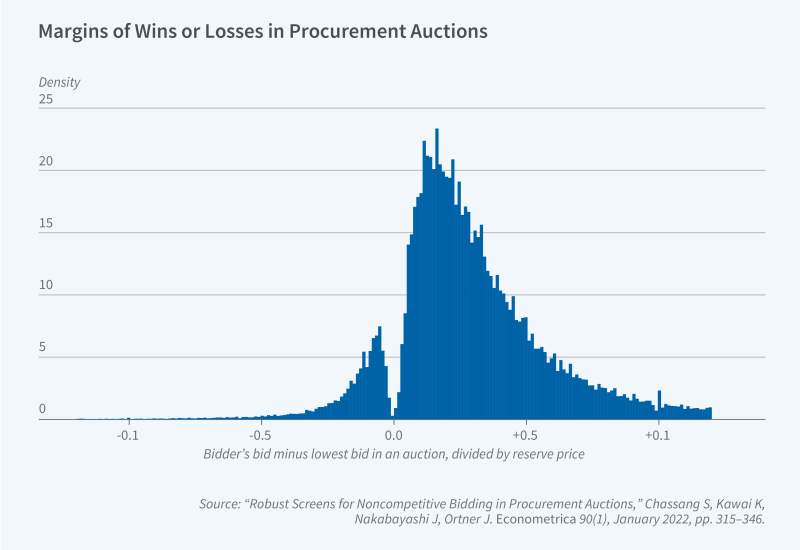
Article
Author(s):
In both developed and developing countries, annual spending on public procurement averages about 12 percent of national GDP. The efficiency of public procurement can have a long-run impact on the growth and productivity of countries. A major challenge in achieving efficiency, however, is the possibility of collusion among suppliers. Collusive agreements increase prices, leading to wasted tax dollars or, in the case of developing countries, wasted foreign aid. These...
The Bulletin on Health
The Bulletin on Health summarizes recent NBER Working Papers pertaining to health topics. It is distributed digitally three times a year and is free.
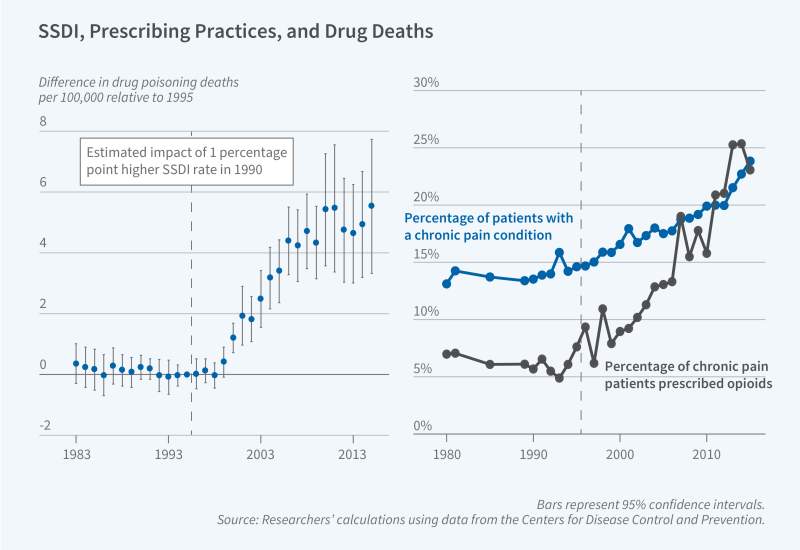
Article
Death rates due to drug poisonings began to surge in the US in the mid-1990s, marking the emergence of an epidemic that has persisted for three decades. The health consequences have been stark, with annual deaths exceeding 100,000 since 2021.In Prescription for Disaster: The SSDI Rate, Pain, and Prescribing Practices (NBER Working Paper 34265), William N. Evans and Ethan M. J. Lieber examine characteristics of counties in 1990—prior to the surge—that predict the county...
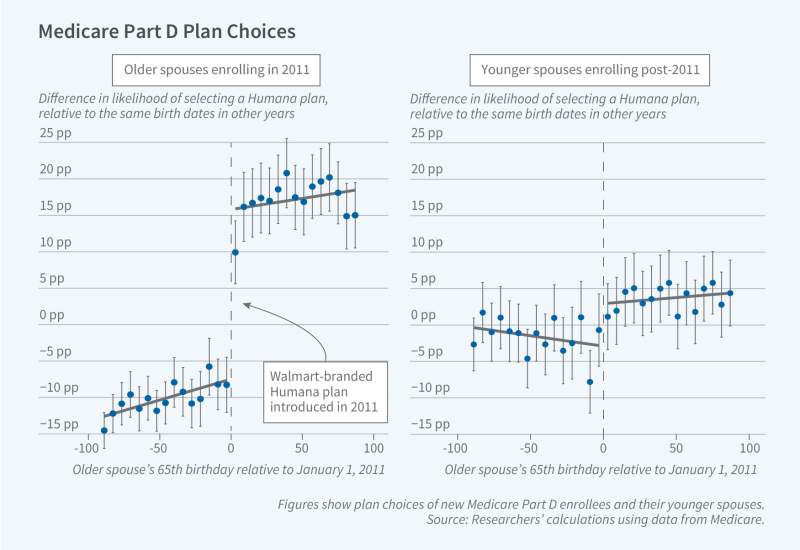
Article
When Medicare beneficiaries enroll in Part D, they typically choose from a menu of approximately three dozen private insurance plans that feature different combinations of premiums, copayments, and drug coverage. The optimal plan choice varies across beneficiaries, depending on their prescription drug purchases. Yet, despite the wide array of options, 73 percent of married enrollees choose the same plan as their spouse. Even among couples with observable differences in...
The Bulletin on Entrepreneurship
Introducing recent NBER entrepreneurship research and the scholars who conduct it
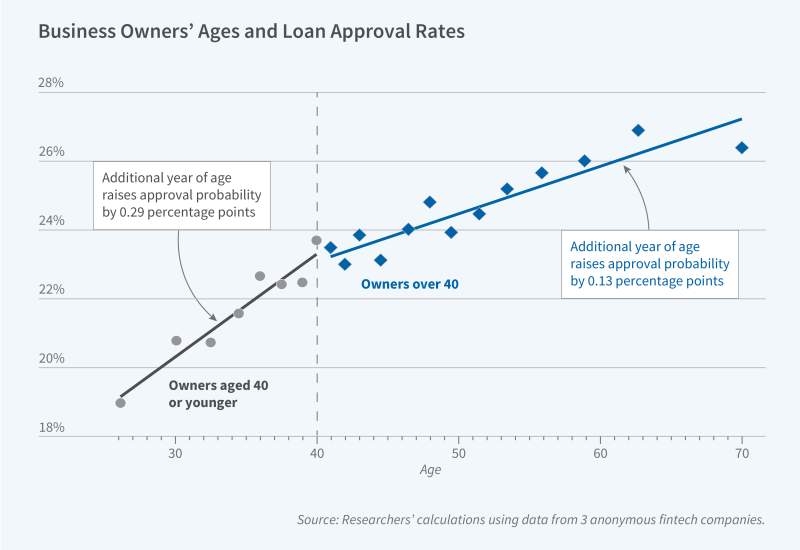
Article
Younger entrepreneurs are disadvantaged in small business loan markets because lenders rely heavily on personal credit scores, which favor long histories of repaying debt. In Modernizing Access to Credit for Younger Entrepreneurs: From FICO to Cash Flow (NBER Working Paper 33367), researchers Christopher M. Hair, Sabrina T. Howell, Mark J. Johnson, and Siena Matsumoto document this fact and show that younger entrepreneurs benefit from underwriting that...
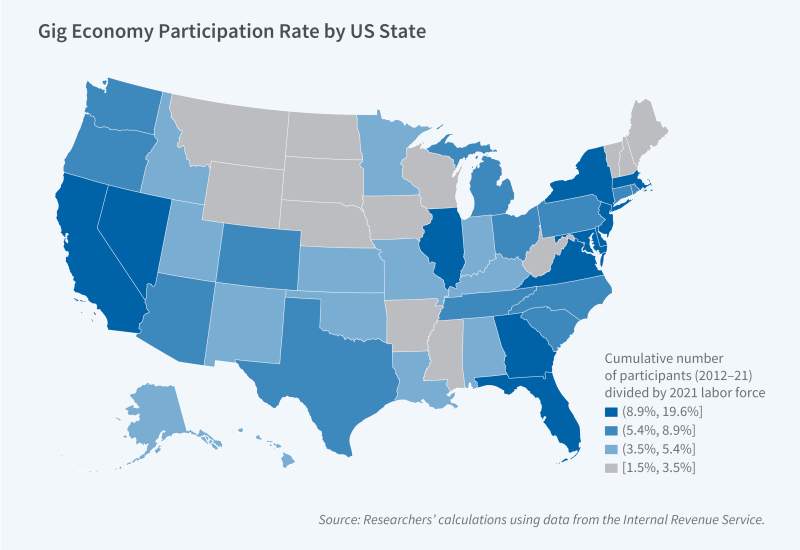
Article
The rise of platform-based work has transformed labor markets. Nearly 10 million Americans have participated in the gig economy over the past decade. This transformation may have important effects on entrepreneurship by allowing individuals to gain industry experience, encouraging experimentation, and lowering downside risks faced by founders.In Entrepreneurship and the Gig Economy: Evidence from US Tax Returns (NBER Working Paper 33347), researchers Matthew R. Denes, ...
Explore NBER-Based Research Projects
Learn about NBER Affiliated Scholars